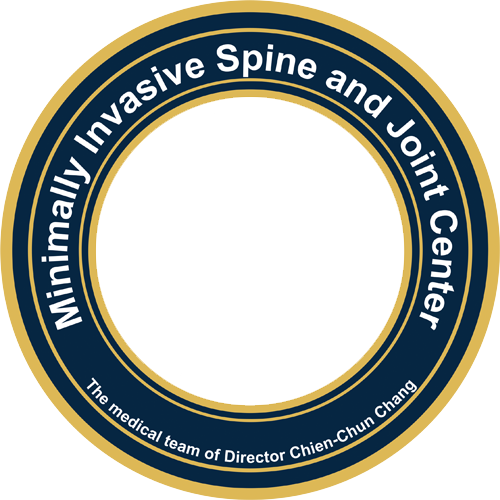Q&A
Q&AQ1.How soon can I be discharged after minimally invasive spine surgery? How long does it take to recover? Is rehabilitation necessary?
+Minimally invasive spine surgery allows for a faster discharge compared to traditional surgery. The hospital stay typically ranges from 1 to 7 days after surgery, depending on the patient’s condition and the type of procedure performed.
Overall, research shows that minimally invasive surgery significantly shortens both hospital stays and recovery periods compared to traditional surgery.
Regarding rehabilitation, due to less soft tissue damage, the recovery time is significantly reduced. Some patients may not require any rehabilitation following minimally invasive procedures.
Q2.Do the screws implanted during spine surgery need to be removed?
+Many patients worry about whether the screws implanted during spine surgery need to be removed.
According to medical studies, spinal screws are designed to remain stable in the body for the long term. If the screws are made of titanium alloy, removal is typically not necessary after implantation.
Q3.What is the difference between minimally invasive endoscopic spine surgery and traditional spine surgery?
+Advantages of minimally invasive endoscopic spine surgery include:
- Less tissue damage: Compared to traditional surgery, the surgical pathway is only 8mm wide, resulting in minimal soft tissue and muscle disruption. Most patients can get out of bed on the day of surgery and be discharged the same day or the next day. Retrospective studies have shown that, compared to traditional surgery, endoscopic surgery allows patients to return to work sooner, experience less postoperative back pain, have shorter hospital stays, and spend less time in surgery.
- Smaller incisions: The incision is approximately 1cm.
- Option for local anesthesia: Surgery can potentially be performed under local anesthesia, reducing the risk of nerve injury during the procedure.
- Enhanced visualization: The magnification provided during surgery allows for clearer visibility of nerves, reducing the risk of nerve injury.
Q4.What types of minimally invasive spine surgeries are available?
+The following types of minimally invasive spine surgeries are offered:
- 3D Computer-Assisted Minimally Invasive Spine Surgery
- 3D Computer-Assisted Minimally Invasive Revision Spine Surgery
- 3D Computer-Assisted Scoliosis and Kyphosis Correction Surgery
- 3D Computer-Assisted Minimally Invasive Anterior and Posterior Fusion Surgery (OLIF Surgery)
Q5.Is spine fusion surgery covered by insurance?
+Spine fusion surgery is typically partially covered by national health insurance. Coverage includes anesthesia, hospitalization costs, and surgical fees. However, certain medical materials and specialized surgical techniques may require partial out-of-pocket payment by the patient.
Common self-funded medical materials include spine screws, spine cages, artificial bone, and specialized drills. Each item has options available under insurance or for self-payment.
The physician will recommend the most suitable medical materials based on the patient’s condition and health status, but the final decision is up to the patient.
Q6.What are the risks of spine surgery?
+Minimally invasive spine surgery generally has lower risks compared to traditional surgery, but certain complications or side effects may still occur. These include wound infection, nerve damage, blood clot formation, or unsatisfactory surgical outcomes. The likelihood of these risks varies depending on the patient’s individual condition, age, existing health issues, and the complexity of the procedure. Therefore, it is crucial to have thorough consultations with your physician before surgery to fully understand the potential risks and precautions, ensuring the most suitable treatment plan is chosen.






